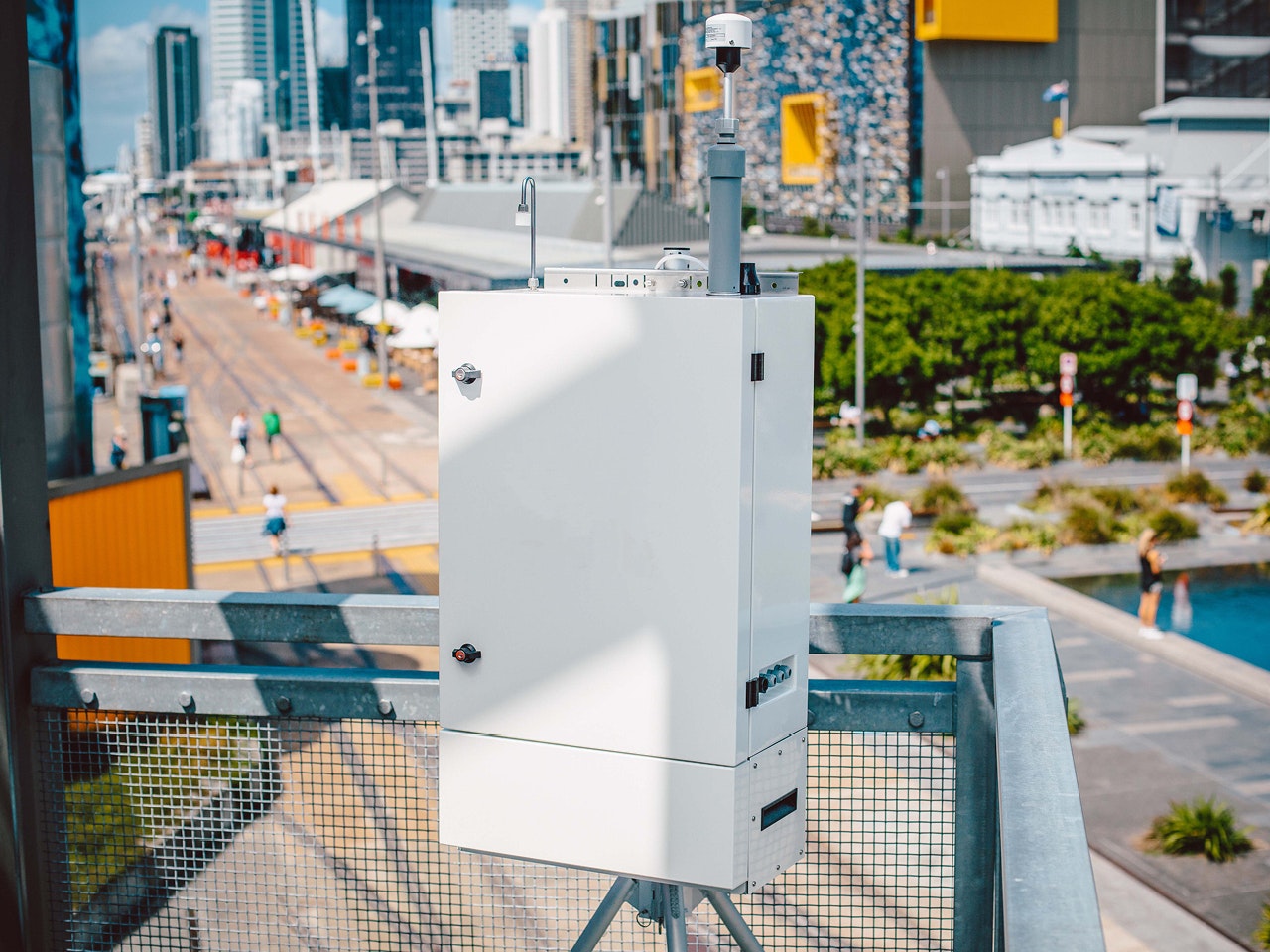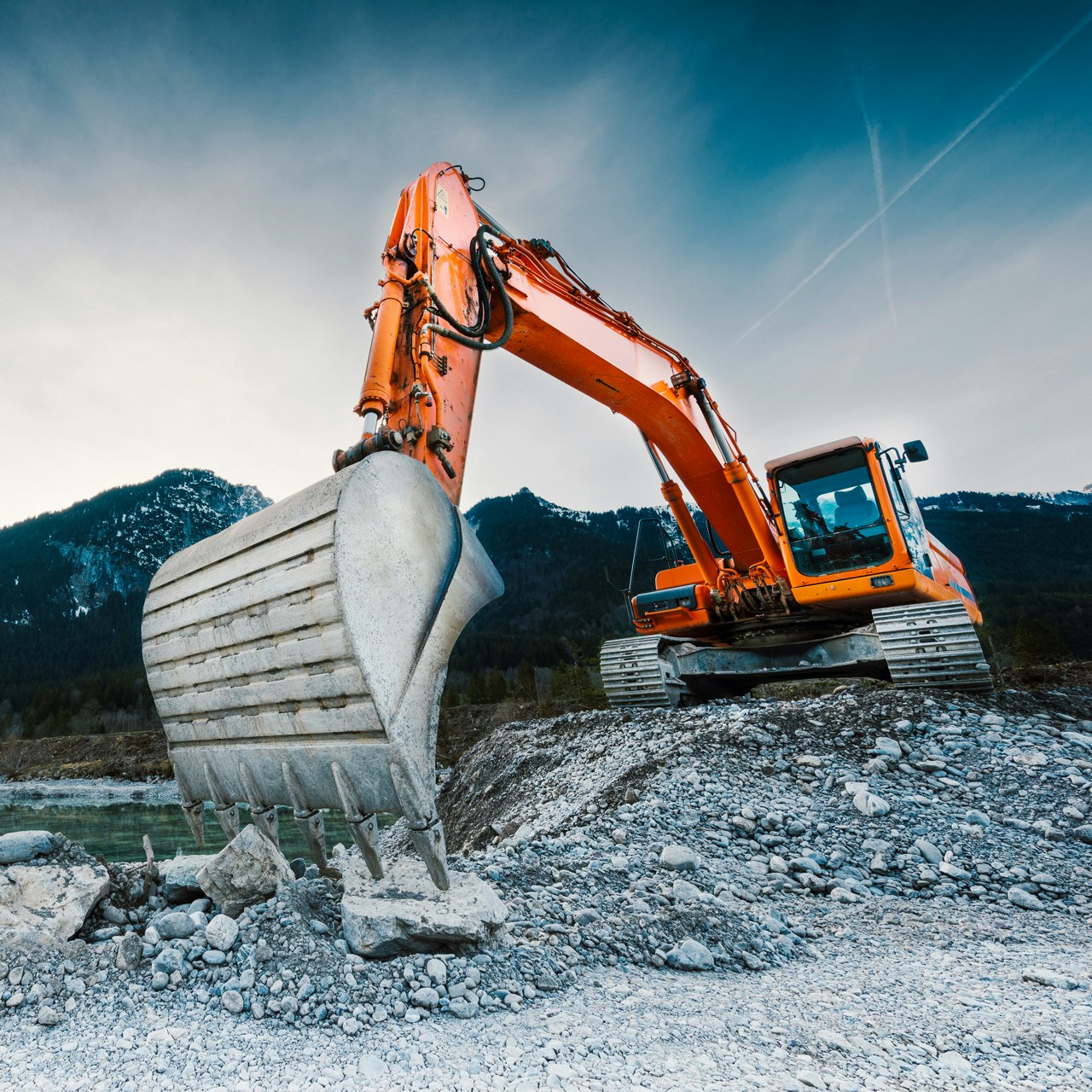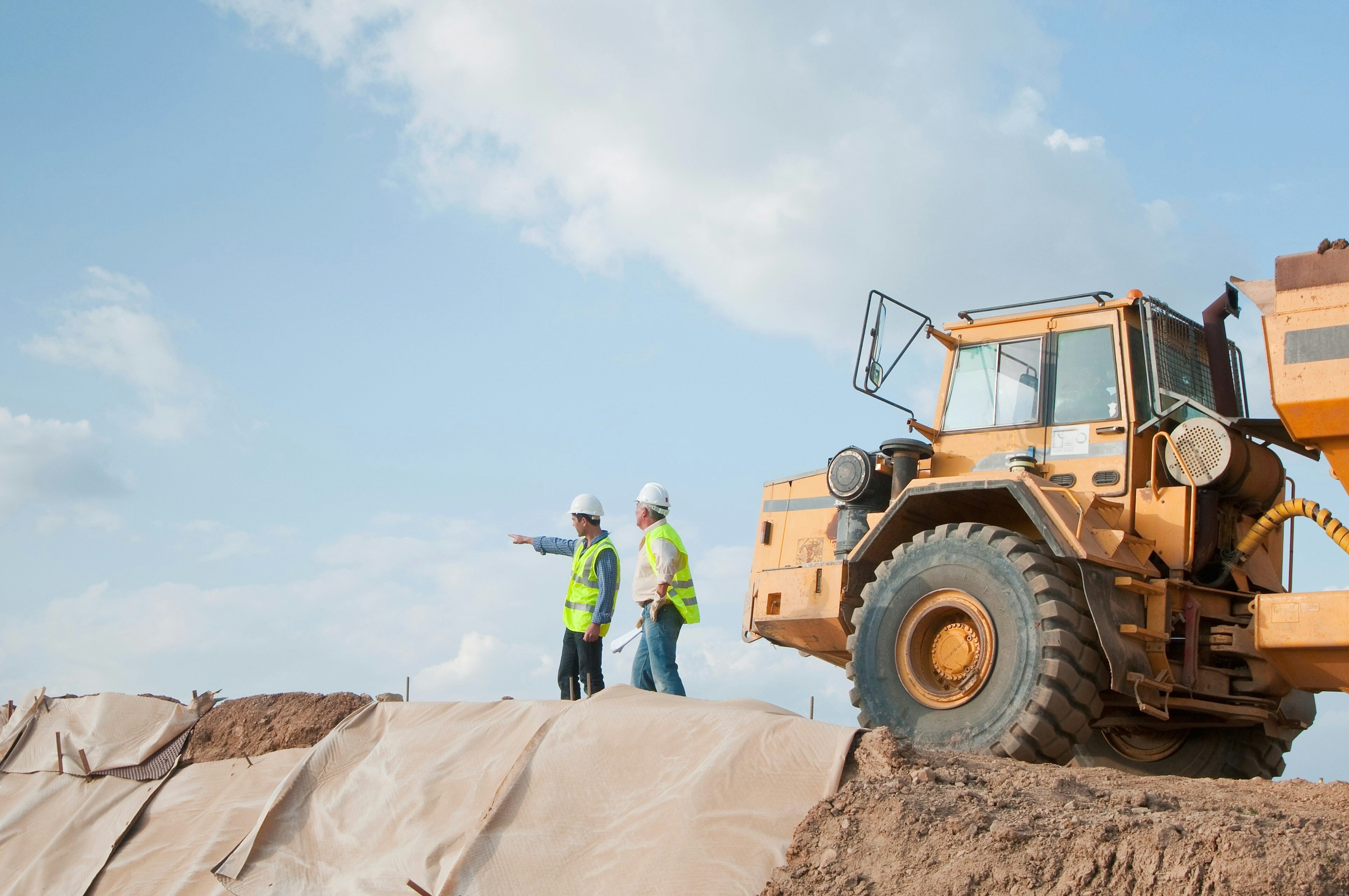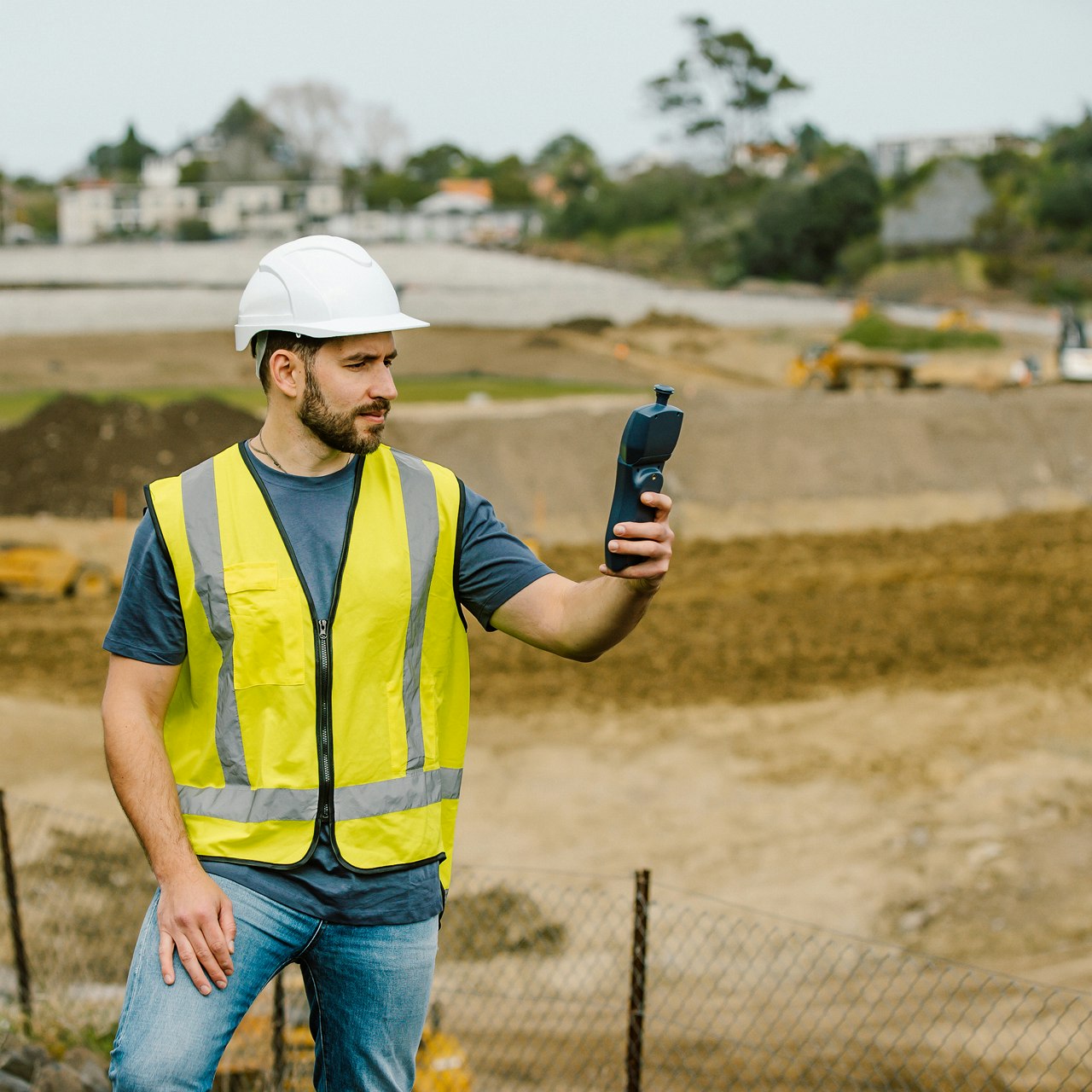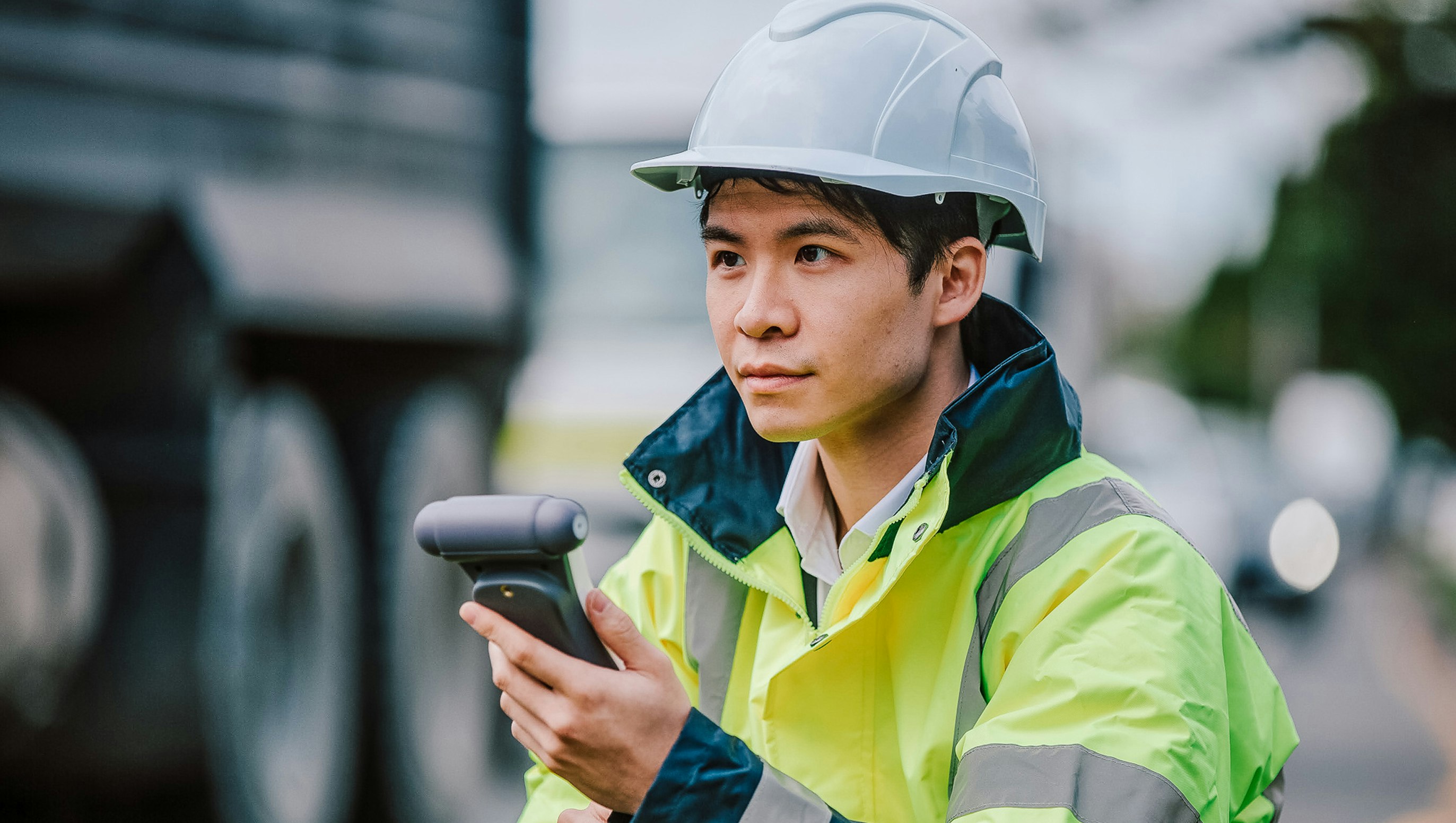Blog
Perimeter Monitoring & VOCs: Why, How & What You Need to be Measuring
Article Details
Last Updated
11 September 2025
Published
27 June 2023
Category
Remediation
Brownfield remediation inevitably involves dealing with polluted soil, sediment, or groundwater. In most cases, this will require site remediators to include volatile organic compounds (VOCs) in their air quality monitoring plan. While maintaining safe levels of airborne dust and particulate is an obvious priority for responsible remediators, VOCs can prove just as harmful to sensitive receptors.
What are VOCs?
VOCs are defined by the U.S. EPA as “compounds that have a high vapor pressure and low water solubility”, emitted into the breathable airspace from certain solids or liquids during earth-moving activities. The exact type of VOCs you need to be monitoring for will vary according to the site’s previous use, but, as a general rule, any sort of industrial process will result in contamination and require monitoring.
Common sources of VOCs include industrial solvents, chemicals used in water and wood treatment plants, dry-cleaning agents, glues, pesticides, and petroleum fuels. As VOCs are not listed under the U.S. EPA’s six criteria air pollutants, awareness around the importance of VOC monitoring is still growing. The more we can collectively fill that knowledge gap and institute effective monitoring practices for VOCs the safer our communities will be.
How are VOCs measured?
A photoionisation detector (PID) works, in essence, by using ultraviolet energy to ionize a compound. This temporary exchange of ions, from a positive to a negative ion or vice-versa, creates an electrical current that enables a direct reading of the compound in question. Aeroqual’s patented VOC module converts the current generated by the sensor into a voltage, which in turn calculates gas concentration using a proprietary algorithm.
To maintain accuracy in changeable or humid conditions, the module alternates between reading the sample air and air that has been filtered by an in-built scrubber. A flow control orifice design then ensures an even flow rate to further stabilize readings. It is important to note that while the VOC module is sensitive to a range of compounds, it will only provide quantitative data for the particular compound it has been calibrated against. Sending soil or groundwater samples for laboratory analysis ahead of time will provide valuable information on exactly what you should be measuring, along with knowledge of the historical uses of the site.
What are the different PID ranges and what do they mean?
Two of the most important factors to be aware of when choosing a PID are ionization energy and measurement range, calculated in parts per billion (ppb) and parts per million (ppm).
To convert ionization energy into a voltage measurement, PIDs use an electron volt (eV) lamp. These lamps are assigned a numerical rating based on their ionization potential, with 10.6 eV and 11.7 eV lamps being the most common. In order to be visible to the PID and produce a reading, the compound must have an ionization potential below the limit of the chosen lamp. This means if a particular gas requires more energy than the PID lamp can handle it will go undetected.
While 11.7 eV lamps offer a broader range of measurement, they also have a significantly shorter shelf life than 10.6 eV lamps. For this reason, we tend to recommend PIDs with 10.6 eV lamps for use on remediation sites where chemicals of concern are present. This is of course unless a situation arises where the gas in question has an energy potential that can only be measured by an 11.7 eV lamp (for example, chlorocarbons, unsaturated fluorocarbons). Our VOC module contains a 10.6 eV lamp with an expected shelf life of about 200 days of continuous use, which customers can easily send back for a replacement whenever the time comes.
When deciding on an appropriate range of measurement, it’s less about choosing the largest possible sensor range and more a question of matching the solution to its intended purpose. While some handheld monitoring devices may measure anywhere up to 10,000 ppm, you would never expect to encounter pollution levels this high on the perimeter of a construction or remediation site. Our low-range module, generally used during community monitoring, measures VOCs between 0-500 ppb. Our high-range module measures 0-30 ppm, which is fit for purpose on virtually all perimeter monitoring projects.
Is it true that PID measurements can be used as a surrogate for measuring other airborne contaminants?
Given the broad range of VOCs that can show up on industrial remediation sites, what some environmental professionals do is monitor the most dangerous chemical present and use that measurement as a way of determining action levels at the site. While there may be a host of VOCs on site, PID technology doesn’t speciate – it only provides a reading on the compound it has been calibrated for. This way, you can determine the compound of primary concern, establish an effective action level, and deploy that surrogate measurement as an overall indicator of potential harm. This method saves valuable time and resources, without compromising on safety. Of course, it is always advisable to check that any monitoring plan aligns with relevant regulations.
Where can I find out more?
Our remediation sector page contains a range of purpose-built solutions and helpful resources for getting the most out of your perimeter monitoring setup. Head here for more granular insights into VOC monitoring and available solutions.
You can also check out our recent case studies for examples of Aeroqual’s VOC module in action, including an $850 million brownfield cleanup in Manhattan and a former New Jersey paper mill included in the U.S. EPA’s National Priorities List (NPL).
As always, if you have any questions or want to chat more about VOCs and all things perimeter monitoring, please get in touch!
Related products
Remediation air quality monitoring made easy
Ensure worker health and safety with defensible real-time data you can trust.




